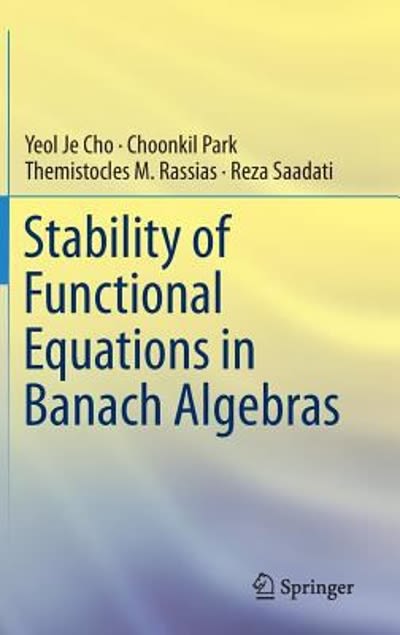Answered step by step
Verified Expert Solution
Question
1 Approved Answer
(ch prob set Q2-5) Please answer all questions in the images. Note: for 4A, answer selections are less than or greater than. For 4B, selections
(ch prob set Q2-5) Please answer all questions in the images. Note: for 4A, answer selections are "less than" or "greater than". For 4B, selections are: "reject" or "doesnt reject" and for 4C, selections are: "cannot" or "can". Please indicate which selections are correct in addition to completing the comuputations required for the images below.






Step by Step Solution
There are 3 Steps involved in it
Step: 1

Get Instant Access to Expert-Tailored Solutions
See step-by-step solutions with expert insights and AI powered tools for academic success
Step: 2

Step: 3

Ace Your Homework with AI
Get the answers you need in no time with our AI-driven, step-by-step assistance
Get Started


